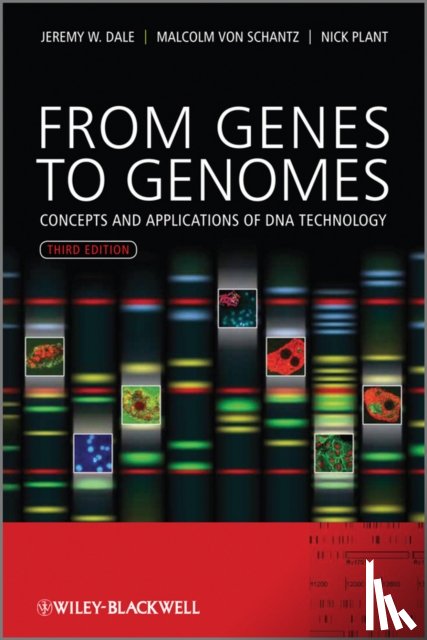Stel een vraag
Ik heb een vraag over het boek:
‘From Genes to Genomes - Dale, Jeremy W. (University of Surrey, von Schantz, Malcolm (University of Surrey, Plant, Nicholas (University of Surrey’.
Vul het onderstaande formulier in.
We zullen zo spoedig mogelijk antwoorden.


